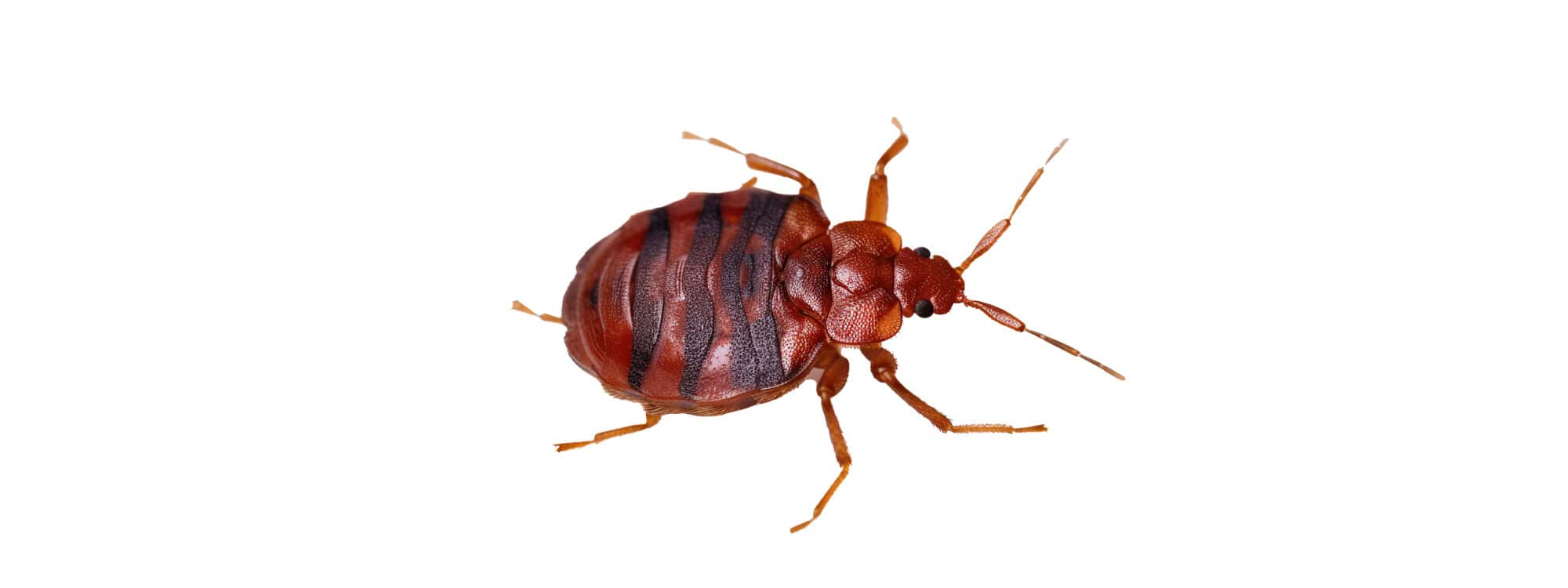Bed Bugs
Identification: Bed Bugs, common in many parts of the world, are small, oval-shaped insects typically measuring between 4 to 5 mm in length. They are distinguishable by their reddish-brown coloration and flattened bodies. Bed Bugs have well-developed antennae and piercing-sucking mouthparts which they use to feed on blood.
Habitat: Bed Bugs prefer warm, sheltered environments close to their human hosts. They are commonly found in beds, mattresses, furniture, and cracks and crevices of walls and floors. They thrive in places where people sleep, as they are nocturnal and feed during the night.
Diet: Bed Bugs are obligate blood feeders, relying exclusively on blood for their sustenance. They feed on the blood of humans and other warm-blooded animals. Bed Bugs typically feed at night when their hosts are asleep, using their mouthparts to pierce the skin and extract blood.
Behavior: Bed Bugs exhibit cryptic and nocturnal behavior, remaining hidden during the day and emerging at night to feed. They are known for their resilience and ability to survive without feeding for several months. Bed Bugs can cause itching and discomfort due to their bites and can lead to secondary infections from scratching. They do not transmit diseases but can cause significant psychological distress and allergic reactions in some individuals.
Prevention: Preventing Bed Bug infestations involves several key strategies. Regularly inspecting and cleaning bedding, furniture, and other areas where Bed Bugs might hide can help detect early signs of an infestation. Encasements for mattresses and box springs can provide a barrier to prevent Bed Bugs from entering. Sealing cracks and crevices in walls and floors helps to eliminate hiding spots. When traveling, inspecting hotel rooms and avoiding placing luggage on beds can reduce the risk of bringing Bed Bugs home.
Control: Effectively managing Bed Bugs requires a comprehensive approach, including the use of insecticides, heat treatments, and mechanical methods such as vacuuming and steam cleaning. Treating infested areas and applying barriers can help prevent re-infestation. Regular inspections and proactive measures are essential to disrupt their reproductive cycles and reduce their population. Bug Free Muskoka’s Bed Bug Service offers ongoing protection and peace of mind, ensuring your home remains free from Bed Bug infestations.
If you are concerned about pests like Bed Bugs, Bug Free Muskoka offers a proactive solution with their Bed Bug Service. This preventive maintenance approach not only safeguards homes from nuisances like Bed Bugs but also contributes to peace of mind, ensuring a pest-free environment year-round.

